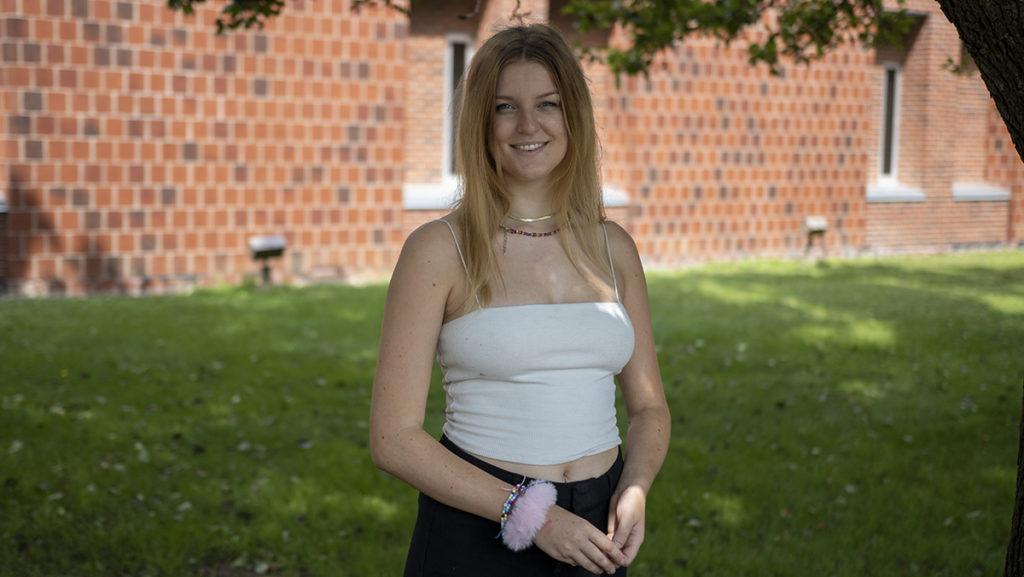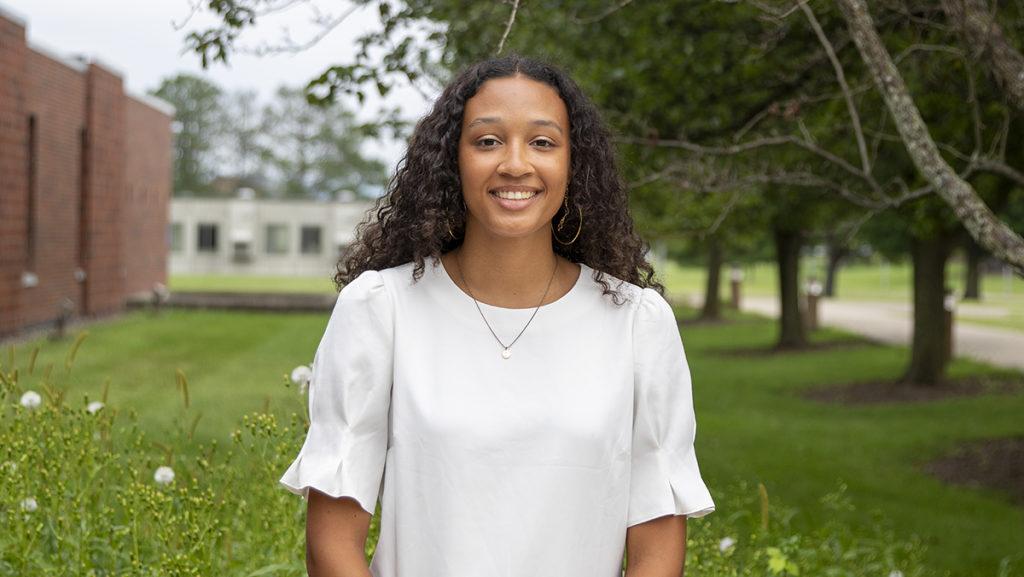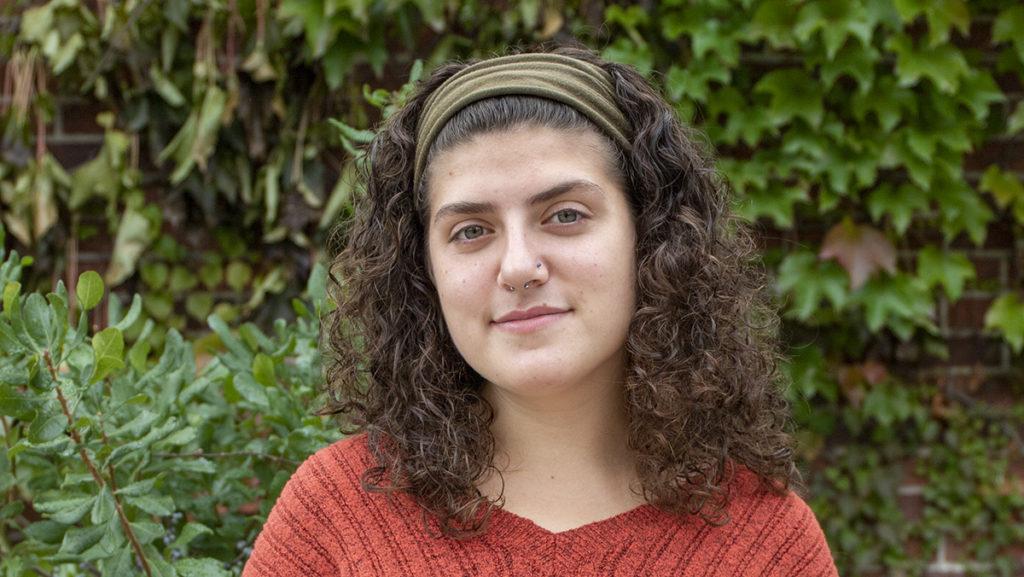Celebrating holidays in the classroom used to be easy for teachers. What used to be a “Merry Christmas” with decorated Christmas trees of ornaments and lights has now translated to “Happy Holidays” in order to be respectful of each students’ values and beliefs.
I grew up in classrooms that consisted of Secret Santa’s even if there was only one Jewish student in the class. Looking back I feel bad for that one student who felt obligated to wear an Elf hat. There are many misconceptions of how to celebrate the holidays in the classroom. Some educators believe celebrating every holiday is the chance to teach each student about diversity. Others believe that holiday celebrations should be taken out of the classroom in order to be fair to each student. Following a “No Holiday Policy” has been used in a lot of classrooms in America. I look at this as an escape to at least attempt to be fair to each student. While the goal of a “No Holiday Policy” is to be fair to each student, it is in reality a way to avoid teaching each student about cultural diversity.
Around the world in countries such as Italy being conscious of other religions during the holiday season is not taken into account. For example in America a holiday like Christmas or Easter may be more about Santa and the Easter Bunny especially in grade school classrooms. In Italy it is not the celebration of gifts and Easter egg hunts, but it is the recognition of the religious values to that day. Either way the other religious holidays like Passover and Hanukkah are not always entirely noticed.
While saying “Merry Christmas,” or “Happy Easter” to a student who may not celebrate the holiday is viewed as offensive others argue that it is merely a gesture of good will. If every holiday during every time of the year is celebrated it will only enhance students’ knowledge and acceptance of other cultures and a better understanding of all of their peers.






